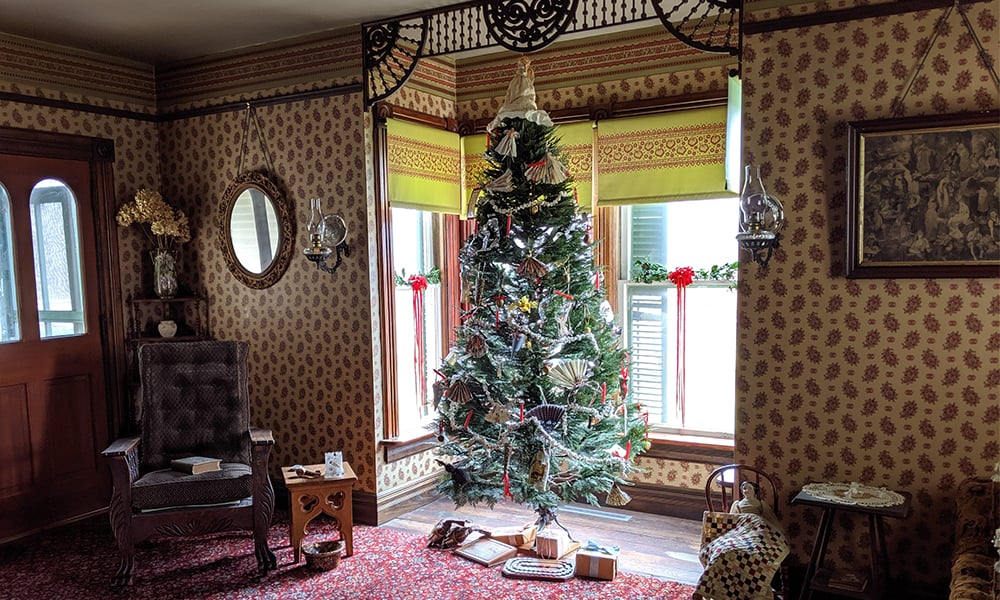Dennis Buck is a heritage interpreter and the collections coordinator at Mayslake Peabody Estate in Oak Brook. He enjoys teaching about American and Illinois histories, with nearly 25 years of experience. He earned a B.S. in history and an M.A. in history museum studies. He is a Certified Heritage Interpreter.


